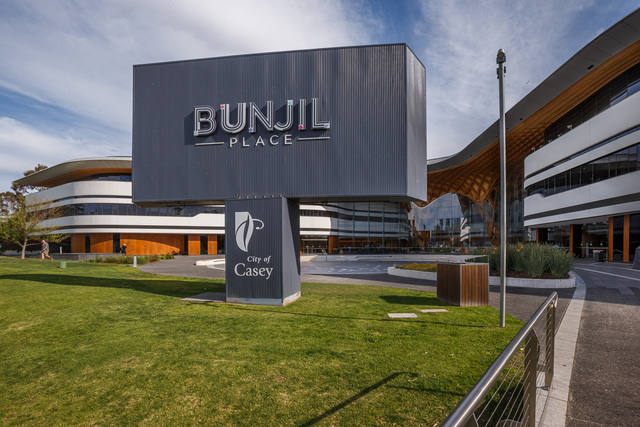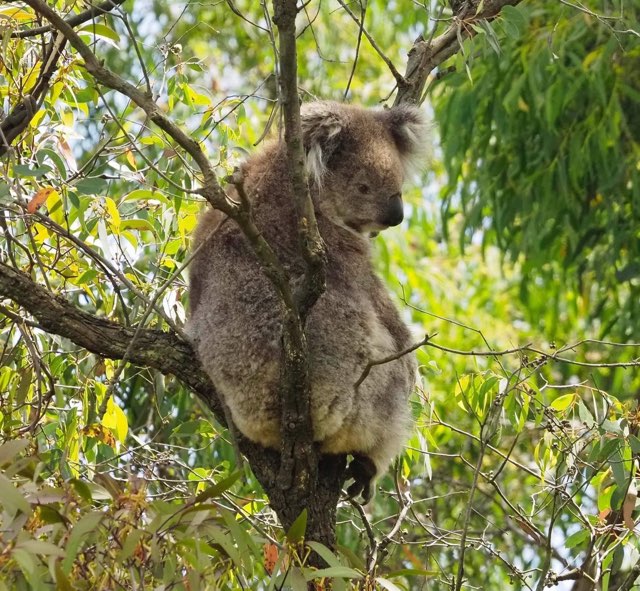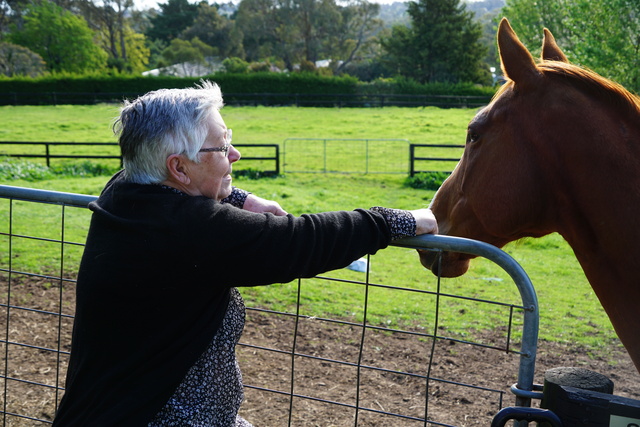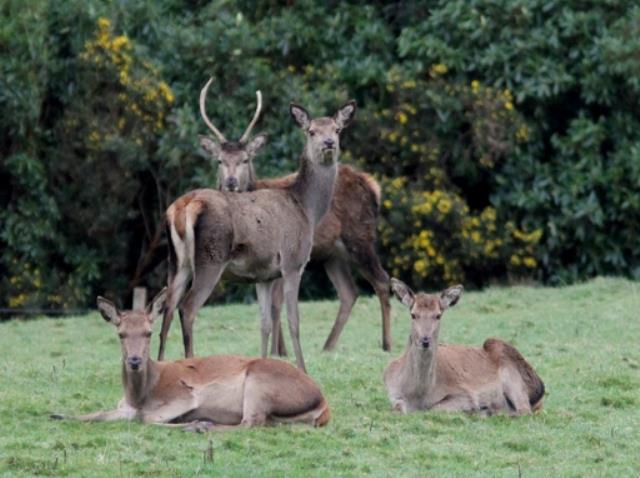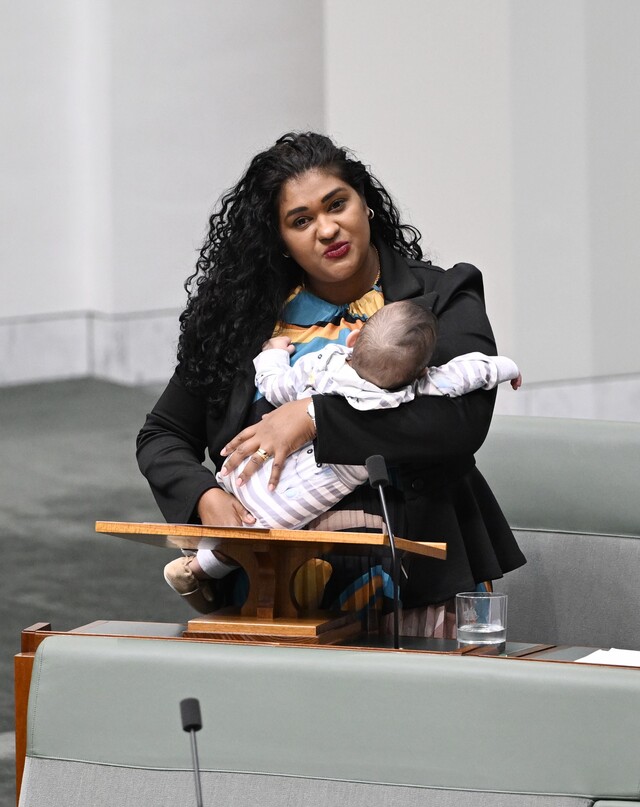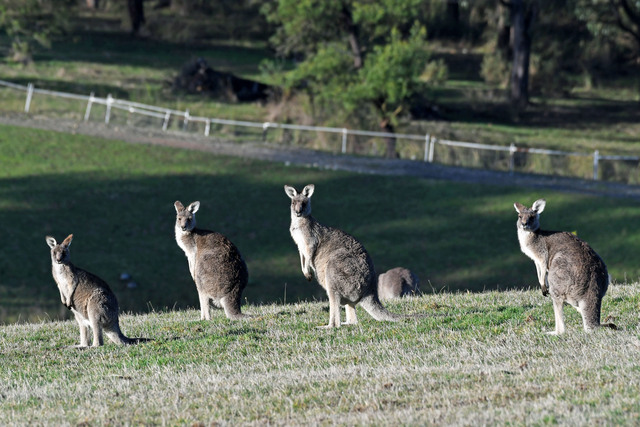Two proposed precincts in Casey South are set to resolve key council objections before finalising the land use guidelines, including an $11.7 million funding gap and tree coverage tension.
Casey Council has listed major items for objections in its submission to the draft Casey Fields South Employment and Devon Meadows Precinct Structure Plan (PSP).
It has identified an estimated $11.7 million funding gap for the community facility and a local sports reserve, requesting the deletion of the sports reserve.
The overall construction cost for the sports reserve and the community facility is estimated to be $27.7 million, $17 million of which will be collected via standard levy, leaving Council with a “significant unfunded liability of at least $11.7 million”.
Additional unfunded costs are cited by the Council, including setting up separate areas of the sports reserve on either side of the waterway, building duplicate access roads, car parks, and pavilions, and designing around wildlife corridors for the Southern Brown Bandicoot.
“Council must be open and transparent with the future Devon Meadows community about the significant unfunded liability for the construction of the sports reserve to manage the legitimate expectations of this community that the sports reserve will be delivered,” Council states in its submission.
“The proposed local sports reserve undermines Council’s financial sustainability by imposing an unknown unfunded liability in excess of $11.7 million that must be funded by external grants or rates revenue.
“Opportunities for external grant funding are limited in the current fiscal policy environment.
“The use of rates revenue is constrained by Victorian Government rate capping and must be balanced against competing organisational priorities, including asset renewal.”
Council also claims that the majority of the two precincts are already well-serviced by the three existing local sports reserves within an 800-metre radius of Devon Meadows, which will support the removal of the proposed sports reserve.
With the advocacy to remove the sports reserve, Council officers have proposed an alternative “optimised and financially sustainable open space network” with nine one-hectare-on-average local parks that are scattered across the two precincts.
They list benefits including enhanced amenities and increased embellishments, centralised spaces to foster a sense of community while offering social interaction and engagement, and improved safety.
An environmentally optimised urban landscape is another consideration for Casey Council, as it points out a “significant tension between the aspirations for increased canopy tree coverage within the public realm and increased residential densities” in the draft PSP.
According to the PSP guideline, potential canopy tree coverage within the public realm and open space should be a minimum of 30 per cent.
However, Council is concerned that it will not achieve this target in future streetscapes, as the draft PSP proposes higher housing densities than previous plans: 30 homes per hectare in some areas and 24 on average, compared to the 21-home average in the previous plans.
Council notes that front-loaded small lot homes, popular in Casey, are likely to dominate new developments, as the market isn’t ready for apartment-style housing suggested in the draft PSP.
However, if not carefully managed, these increased homes can lead to too many driveways, reducing space for street trees and harming the look and feel of public areas. Unlike previous plans, the draft PSP increases housing density without including rules to protect the public realm.
Council is calling for a new requirement in the PSP: for lots 6 metres wide or less, vehicle access must come from a rear laneway to help ensure quality streetscapes are maintained.
When Casey’s submission was discussed at the May Council Meeting, Councillor Michelle Crowther said she supported the recommendation to maximise the street tree canopy by encouraging rear driveways in the smaller residential lots to allow more street tree planting.
“This councillor group is committed to improving Casey street tree canopy, and improving the design of this PSP will help achieve this goal,” she said.
Apart from these two objections, Council maintains that the State transport department should be the lead agency for the delivery of the relevant intersection projects, citing previous cost blowouts when the Council took on the intersection projects on a State road.
It also advocates for a more appropriately sized waterways and drainage network, believing the proposed one is “larger than necessary”, and “reduces developable land”.
Aside from the objections, Council officers highlight their support for requirements for the earlier delivery of mobile telecommunications infrastructure in the precincts.
The draft Casey Fields South Employment and Devon Meadows PSP is currently under review of submissions. A Planning Panel or Standing Advisory Committee may be required later to resolve the considerations in the submissions.
For more information, visit: vpa.vic.gov.au/project/casey-fields-south-devon-meadows/

